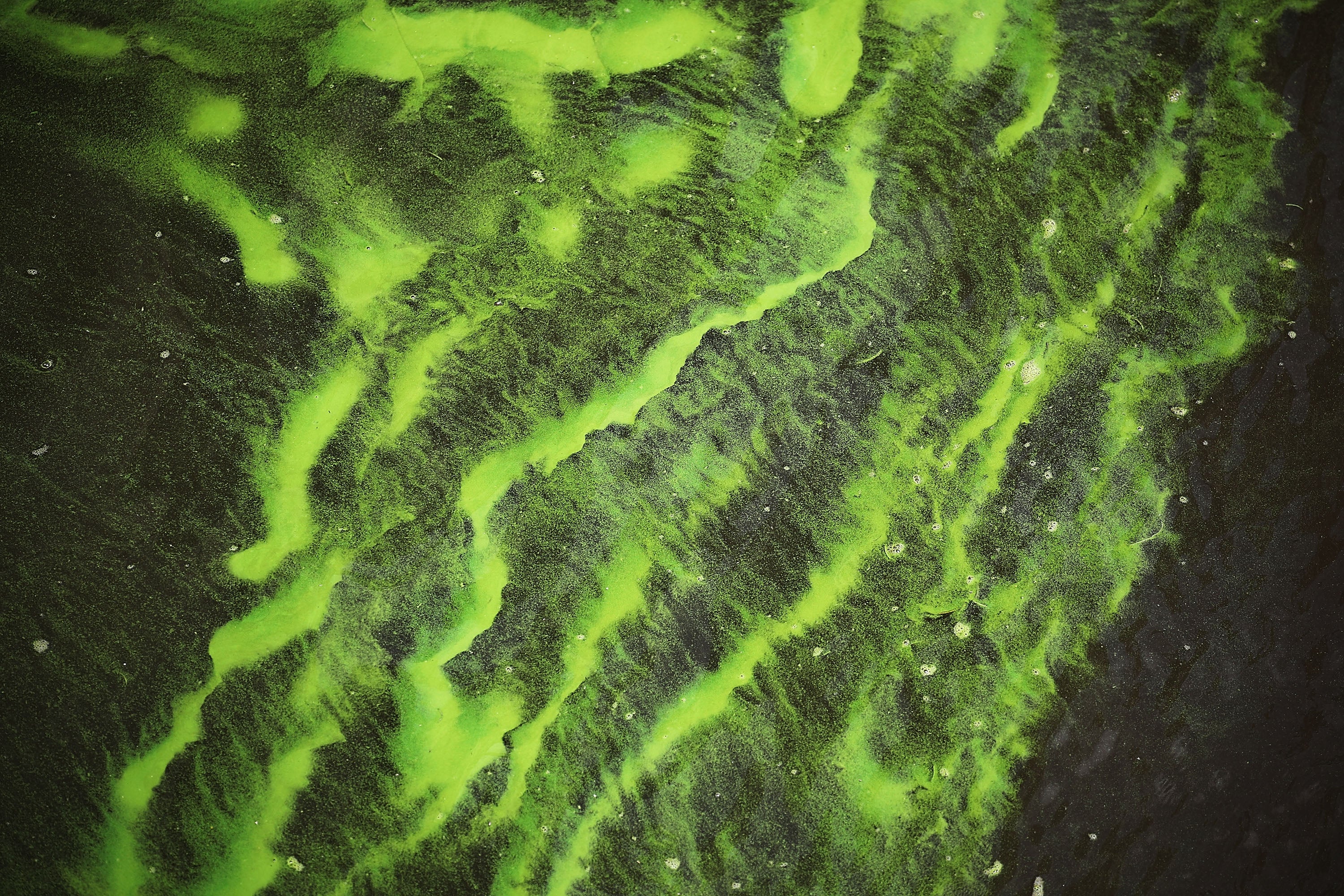ARTICLE AD BOX
A toxic algal bloom in South Australia has killed over 200 marine species, including deepwater sharks, octopuses and leafy sea dragons, in what conservationists have called one of the worst marine die-offs the region has ever seen.
The algae, Karenia mikimotoi, has spread across more than 150km of coastline since it was first detected in March, nearly the size of the Kangaroo Island.
Since the algae appeared, local people and scientists have observed mass deaths of fish, shellfish, sharks, sea dragons, rays, cuttlefish, and deepwater species along the southern coastline.
South Australia’s environment minister said the outbreak had grown to an unprecedented scale. "It is a larger bloom than we have ever seen before," Susan Close said.
Scientists say that it is being fuelled by an ongoing marine heatwave, with sea temperatures 2.5C above average, and calm conditions that allow it to thrive.
Described as a “toxic blanket”, the bloom suffocates fish by damaging their gills and attacking red blood cells and the nervous system. It can lead to haemorrhaging and erratic behaviour in affected animals. “It is like a horror movie for fish,” Brad Martin of OzFish told The Guardian.
Ms Close said there was not much the government could do. "The only thing that is going to break this bloom up is a change in the weather and starting to get strong westerly winds," she said.

An analysis of over 1,400 citizen science reports found around half of the dead species were ray-finned fish and more than a quarter were sharks and rays. Cephalopods like squid and cuttlefish and crustaceans such as crabs and lobsters were among the affected species as well.
Though not toxic to humans, the algae has caused skin irritation and respiratory symptoms in some beachgoers.
Authorities have temporarily closed several oyster farms and banned pipi harvesting in parts of South Australia.
An alarm about the bloom was first sounded by beachgoers back in March after thick foam and dead marine animals washed up on Waitpinga and Parsons beach on the Fleurieu Peninsula.
Professor Shauna Murray, a marine biologist at the University of Technology Sydney, identified the algae under a microscope and through DNA analysis.
She told The Guardian that K mikimotoi was known to produce reactive oxygen that could suffocate marine life.
South Australia’s government said winds needed to disperse the algal bloom were being delayed by persistent high-pressure systems – another symptom of shifting climate patterns.
Authorities say the full ecological and economic impact of the bloom is yet to be understood but environmental groups urge improved monitoring and stronger action on marine heatwaves, which are growing much more frequent as oceans continue to warm.
Alongside the marine heatwave, southern Australia is suffering through one of the worst droughts on record.
Ms Close sounded the alarm on how climate change was making the crisis worse.
The minister said ocean monitoring showed “a full-scale climate emergency in our coastal waters”, with the bloom extending across an area roughly the size of Kangaroo Island and up to 20m deep.
“These extreme marine heat waves are not just anomalies, they are the new reality. And our marine ecosystems are the first casualties.”









 English (US) ·
English (US) ·